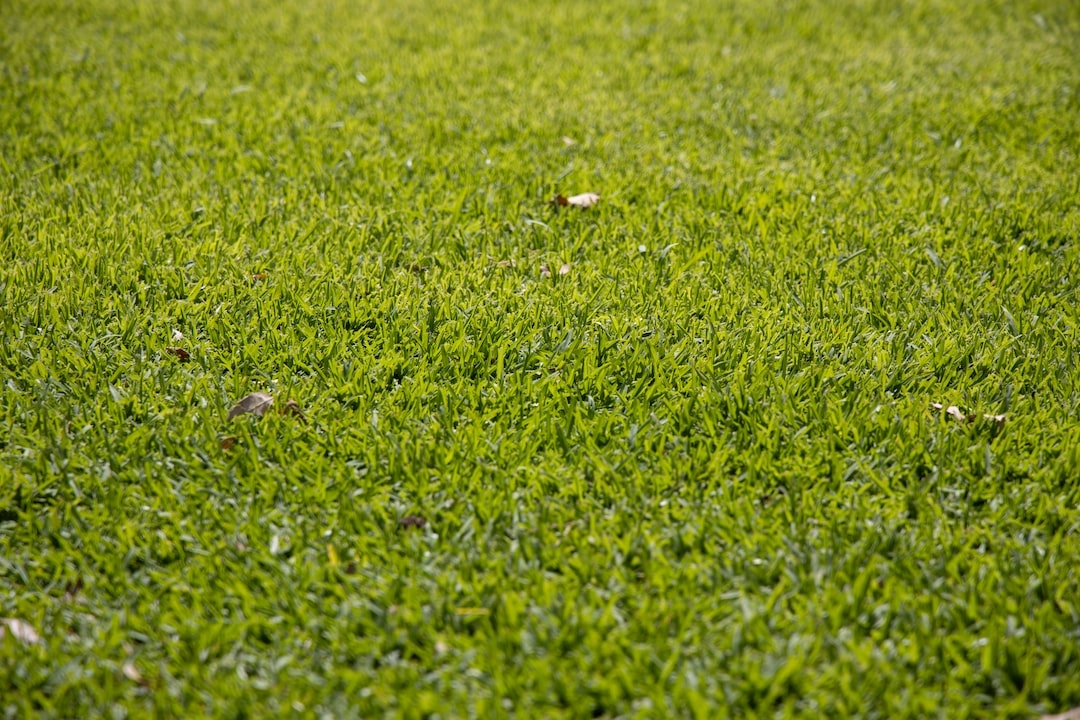
What is Home Automation?
Home automation refers to the use of technology to control and automate various devices and systems within a household. With the integration of smart devices and advanced sensors, homeowners can remotely manage and monitor their lighting, heating, ventilation, energy consumption, security systems, and more. Green techniques in home automation systems focus on incorporating sustainable practices and energy-efficient solutions to reduce environmental impact and promote sustainability.
Real-World Problems Associated with Home Automation Systems
While home automation systems offer numerous benefits, there are several real-world problems associated with their widespread implementation:
1. High upfront costs
One of the primary challenges is the initial investment required for implementing smart home technologies. Purchasing compatible devices and setting up the infrastructure can be expensive, potentially deterring some homeowners from adopting green home automation solutions.
2. Compatibility issues
The vast array of smart devices available in the market often lack compatibility with each other. This can lead to complications when integrating different systems and may require additional steps and technologies to ensure seamless communication between devices.
3. Reliability concerns
As with any technology, there is always a risk of malfunctions and system failures. Home automation systems heavily rely on stable internet connections and smart devices functioning correctly. Any disruptions in these areas can hinder the effectiveness and reliability of the green techniques employed.
4. Privacy and security risks
With the increasing connectivity of devices within a smart home, there is an inherent vulnerability to privacy breaches and cyber threats. Homeowners must be vigilant in ensuring the security and protection of their personal information and devices from potential hacking or unauthorized access.
5. Environmental trade-offs
While home automation systems can help optimize energy consumption and reduce carbon footprint, there are certain trade-offs to consider. The production and disposal of electronic devices can have significant environmental impacts, including the extraction of raw materials and the generation of electronic waste.
Conclusion
Despite the challenges and real-world problems associated with home automation systems, the integration of green techniques offers great potential for sustainable living. By addressing the aforementioned concerns and continuously improving the technology, we can overcome these obstacles and create a more environmentally friendly and efficient future for our homes.

Solutions for Green Techniques in Home Automation Systems
While there are challenges associated with home automation systems, there are also solutions that can help overcome these problems and promote sustainable living:
1. Government incentives and rebates
Government bodies can support the adoption of green home automation systems by offering incentives and rebates to homeowners. This can help offset the initial high upfront costs and encourage more widespread implementation of sustainable solutions.
2. Standardization and interoperability
Efforts should be made to establish industry-wide standards for compatibility and interoperability between different smart devices. With standardized protocols, homeowners can have greater flexibility in choosing and integrating green technologies within their home automation systems.
3. Continuous technological advancements
Ongoing research and development in the field of home automation systems can lead to more reliable and efficient solutions. By addressing reliability concerns and enhancing the user experience, technological advancements can help overcome obstacles and improve the overall performance of green techniques.
4. Privacy and security measures
Manufacturers should prioritize robust security features in their devices and systems. Implementing encryption protocols, regular software updates, and user authentication measures can help mitigate privacy and security risks associated with home automation systems.
5. Responsible electronic waste management
To minimize the environmental impact of home automation systems, it is essential to promote responsible electronic waste management. Encouraging recycling programs, supporting product take-back initiatives, and designing devices with recyclability in mind can help reduce the negative environmental trade-offs.
Conclusion
By implementing these solutions, we can address the real-world problems associated with green techniques in home automation systems. Through government support, standardization efforts, technological advancements, enhanced security measures, and responsible waste management, we can create a more sustainable and efficient future for smart homes.















